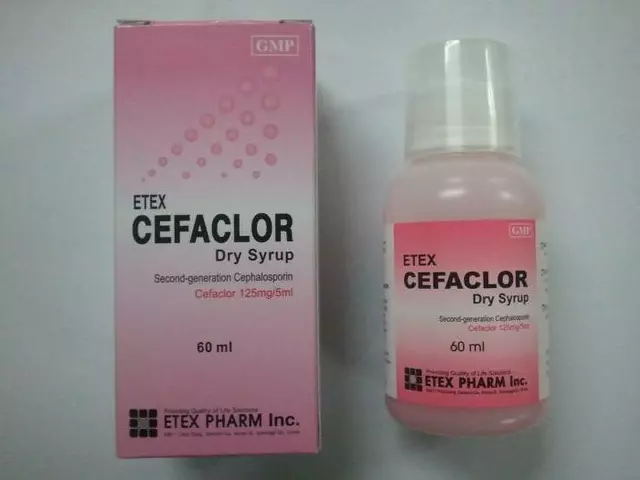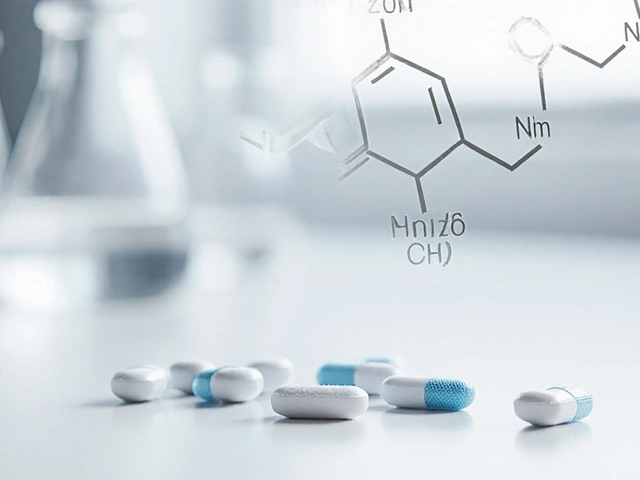Betaxolol Side Effects & Management — May 2024
This month we covered one focused guide about betaxolol: what side effects to expect and how to handle them. If you or someone you care for takes betaxolol for glaucoma or a heart condition, this page sums up the practical tips and warning signs from that article so you can use the drug safely.
Betaxolol is a beta-1 selective blocker used as an oral medicine for blood pressure/heart problems and as eye drops for glaucoma. Side effects vary by form and dose. Oral users often notice tiredness, slow heartbeat, dizziness, cold hands or feet, or mild stomach upset. With eye drops, common complaints are eye irritation, blurred vision, or a bitter taste after application. Serious reactions are less common but worth knowing.
Quick, practical steps to manage side effects
Check your pulse and blood pressure regularly, especially in the first two weeks after starting or changing dose. If your resting heart rate is below 50 bpm or you feel lightheaded, call your provider. Take your oral dose at the same time each day—consistency helps steady side effects. Don’t stop suddenly; that can cause a rebound increase in heart rate or blood pressure. Your doctor should taper the dose if you need to stop.
For eye drops, tilt your head back, pull down the lower lid, and place one drop into the pocket. Close your eyes gently for a minute and press the inner corner of the eye for 30–60 seconds to reduce systemic absorption (and that bitter taste). If both eyes need treatment, wait five minutes between drops so one doesn’t wash out the other.
Feeling unusually tired or slow? Try light activity and short naps but avoid driving or heavy machinery until you know how betaxolol affects you. For mild dizziness, stand up slowly from sitting or lying positions. Wear warm socks or gloves if you get cold hands or feet. If you experience persistent digestive issues, adjusting meal timing or taking medicine with food may help—ask your clinician first.
When to call your doctor or go to ER
Seek care right away for severe shortness of breath, wheezing, fainting, chest pain, very slow heartbeat, or sudden vision loss. Also contact your provider if you have sudden weight gain, swelling in the legs, or signs of depression that were not there before. People with asthma or COPD should be cautious—tell your doctor if breathing gets worse. If you have diabetes, remember betaxolol can mask low blood sugar signs like a fast heart rate; check sugar more often until your response is clear.
Our May post gives clear examples and a quick checklist to take to your next visit: track pulse/BP readings, note symptoms and their timing, list other medicines, and describe any eye issues. That makes clinical decisions faster and safer. If you missed the full article, read it for step-by-step tips and printable monitoring notes to keep with your medications.

Understanding Betaxolol: Common Side Effects and Management Tips
Betaxolol is a medication often prescribed for heart conditions and glaucoma. While effective, it can have side effects that patients should be aware of. This article explores these common side effects and offers practical tips for managing them effectively.
Detail




